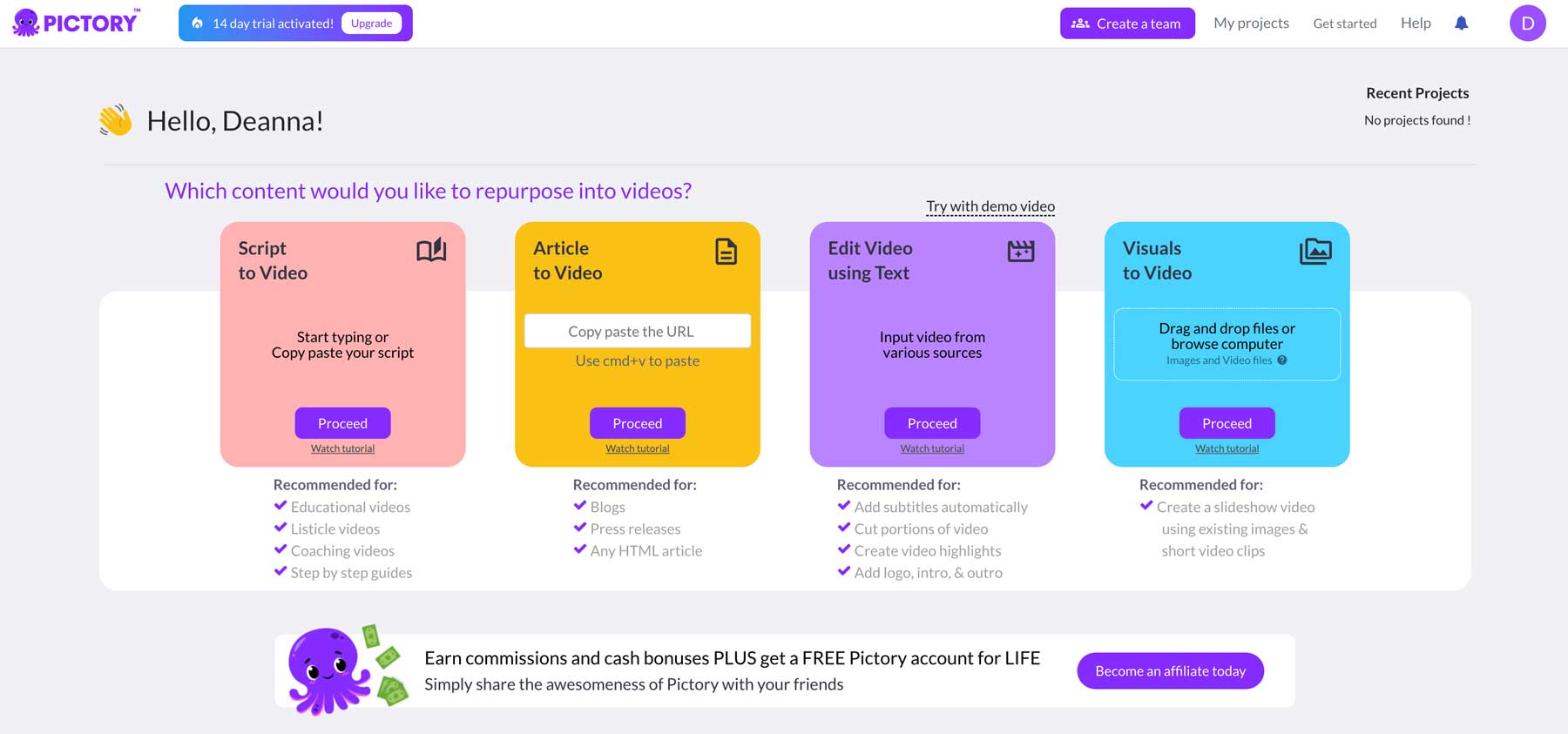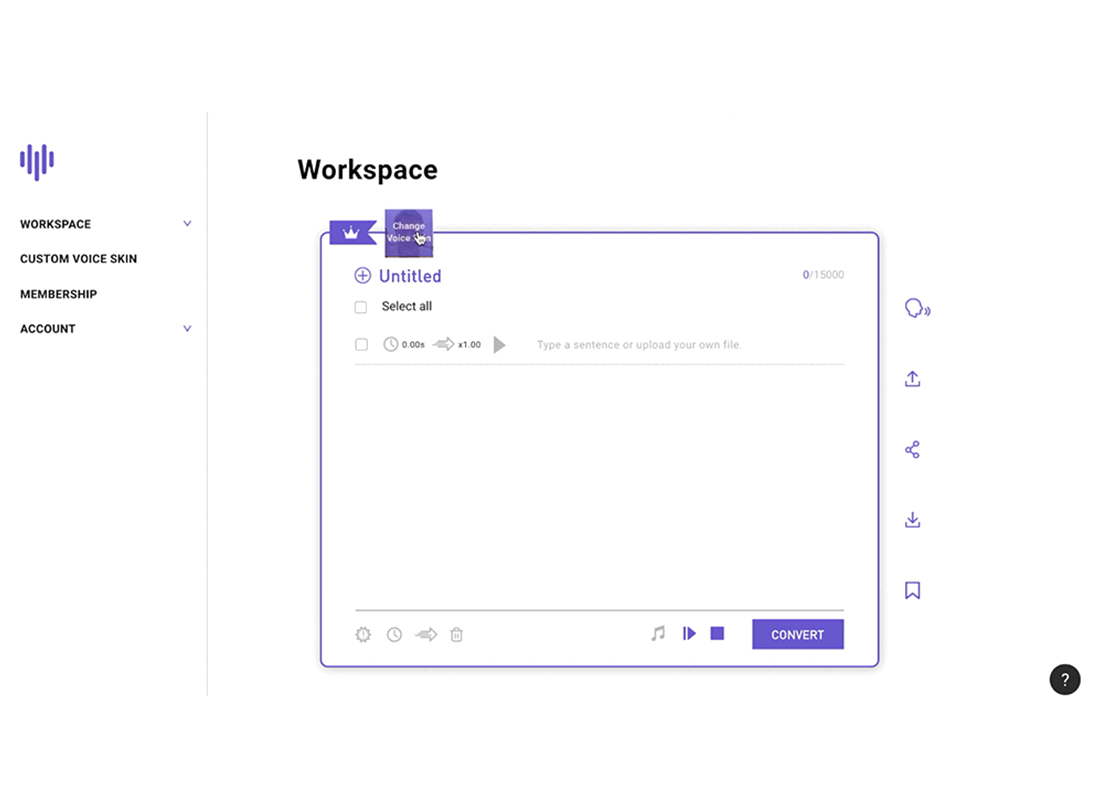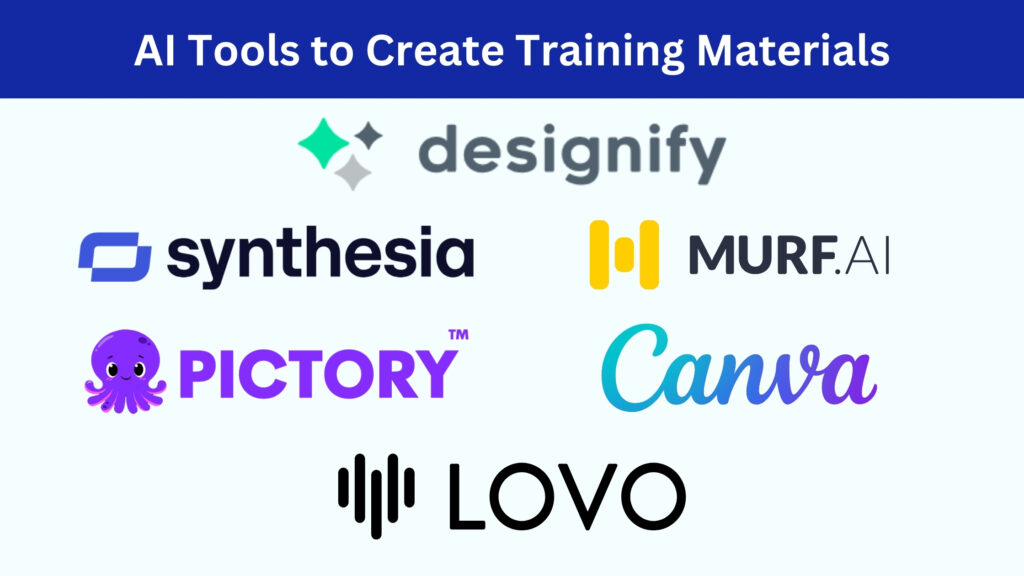Artificial intelligence (AI) is revolutionizing how companies develop training materials, providing a faster, more efficient way to create engaging content. For Learning and Development (L&D) professionals, instructional designers, and HR teams, AI tools are transforming the creation of videos, graphics, and voiceovers, making it easier than ever to deliver high-quality training materials at scale. In this blog, we’ll highlight some of the most powerful AI tools available that are helping companies produce compelling training content with speed, creativity, and precision.
Best AI Video Creation Tools for Corporate Learning
Creating engaging training videos has always been a time-consuming process. However, AI is changing that by simplifying video production and making it accessible to everyone—even those without technical skills.
Synthesia
One of the leading AI video creation platforms, Synthesia, allows users to generate professional training videos using AI-generated avatars. With just a script, Synthesia can turn your content into a video featuring a virtual presenter. This tool’s standout features include its ability to create multilingual videos, making it possible to deliver training materials in various languages without needing live actors or voiceovers. The automatic subtitle generation feature further ensures your videos are accessible to all learners.

Example Use Case
A multinational corporation can easily produce training videos in multiple languages using Synthesia’s AI-generated avatars, significantly streamlining global communication without the need for multiple production teams.
Pictory
Pictory is another innovative tool that uses AI to convert text-based content, such as blog posts or training manuals, into engaging videos. Pictory allows users to quickly edit videos, add captions, and select from AI-suggested visuals that perfectly match the content. Additionally, its automatic transcription feature simplifies video creation for non-designers, making it ideal for transforming lengthy eLearning materials into engaging video formats.

Key Benefits of AI Video Tools:
- AI avatars simplify video production.
- Multilingual support enhances global training.
- Automatic subtitles improve accessibility for diverse learners.
Top AI Graphic Design Tools
Not everyone is a designer, but with AI, creating visually appealing training materials has become much easier. AI-powered graphic design tools help non-designers quickly create infographics, presentations, and other visuals without the need for advanced design skills.
Canva
Canva is a widely known graphic design platform that integrates AI features to simplify the design process. With its AI-driven tools, users can generate layouts, select color palettes, and design templates based on the content they input. For example, if you need to create an infographic about new safety protocols, Canva’s AI will suggest relevant designs and layouts, making the process significantly easier. Canva’s Magic Resize feature allows users to instantly adapt designs across multiple formats, ensuring consistency from desktop to mobile learning.

Designify
Designify is another powerful AI design tool, particularly useful for enhancing and editing images. It can automatically remove backgrounds, improve photo quality, and generate customized designs. For L&D teams, Designify is a lifesaver when updating old training visuals with a fresh look or creating professional visuals from scratch without a full design team.

Key Benefits of AI Graphic Design Tools:
- AI suggestions streamline the design process.
- Non-designers can create professional visuals easily.
- Design tools like Designify improve images and ensure consistent branding.
AI-Powered Voiceover Tools for Corporate Training
Voiceovers are essential in corporate training, enhancing engagement and making content easier to understand. However, recording voiceovers can be costly and time-consuming, especially when creating multilingual content. AI voiceover tools solve this by offering quick, cost-effective solutions.
Lovo.ai
Lovo.ai is an AI voiceover platform that transforms text into speech using human-like voices. It offers a wide selection of customizable voices in various languages and accents, making it easy to localize training materials for a global workforce. This tool’s ease of use allows companies to produce high-quality voiceovers quickly and affordably.

Murf.ai
Similarly, Murf.ai provides AI-generated voices to create natural-sounding voiceovers. What sets Murf apart is its wide range of tones and styles, which mimic professional voice actors, making it ideal for creating diverse training content. Murf supports multiple languages and offers highly customizable voices to match different content needs, ensuring your training materials are both engaging and consistent.

Key Benefits of AI Voiceover Tools:
- Cost-effective and time-saving voiceover creation.
- Multiple languages and accents increase accessibility.
- Customizable voices enhance learner engagement.
Why We Should Use AI Tools For Content Creation
AI tools do more than just speed up the content creation process—they also improve the overall quality of training materials. By automating tasks that would typically take hours or days, AI allows L&D professionals to focus on developing better learning experiences.
-
Increased Speed and Cost-Efficiency
AI enables companies to automate tasks like video editing, graphic design, and voiceover production. Instead of hiring voice actors, designers, or video editors, AI can handle these roles, significantly reducing the time and cost of producing training materials.
-
Improved Quality and Engagement
AI ensures that the content it generates is polished and professional. Whether offering design suggestions, improving image quality, or creating realistic voiceovers, AI tools enhance the overall quality of learning materials. This leads to more engaging learning experiences, which in turn can improve retention and understanding for employees.
-
Accessibility
AI tools make it easier to offer training materials in multiple languages, ensuring content is accessible to a diverse workforce. Features like automatic subtitles and multilingual voiceovers ensure that training materials reach everyone in the organization, regardless of their location or language.
Use Cases: Real-World Examples
Many organizations are already leveraging AI to revolutionize their training processes.
-
Global Retailer
A global retail company used Synthesia to create multilingual training videos for onboarding employees across different regions. Using AI-generated avatars and voiceovers, the company significantly reduced production time and costs.
-
Tech Startup
A tech startup employed Murf.ai to generate voiceovers for compliance training modules. With employees spread across different countries, the company needed to translate content into multiple languages. By using AI, they not only saved time and costs but also ensured consistency in training across all regions.
Conclusion
AI is transforming corporate training development by dramatically reducing the time and effort required to create high-quality learning materials. From video production to graphic design and voiceovers, AI tools empower companies to create engaging, accessible, and scalable training content. As AI continues to evolve, it’s no longer a luxury but a necessity for companies looking to stay competitive in today’s digital workplace.









